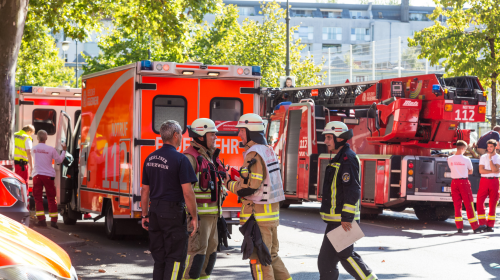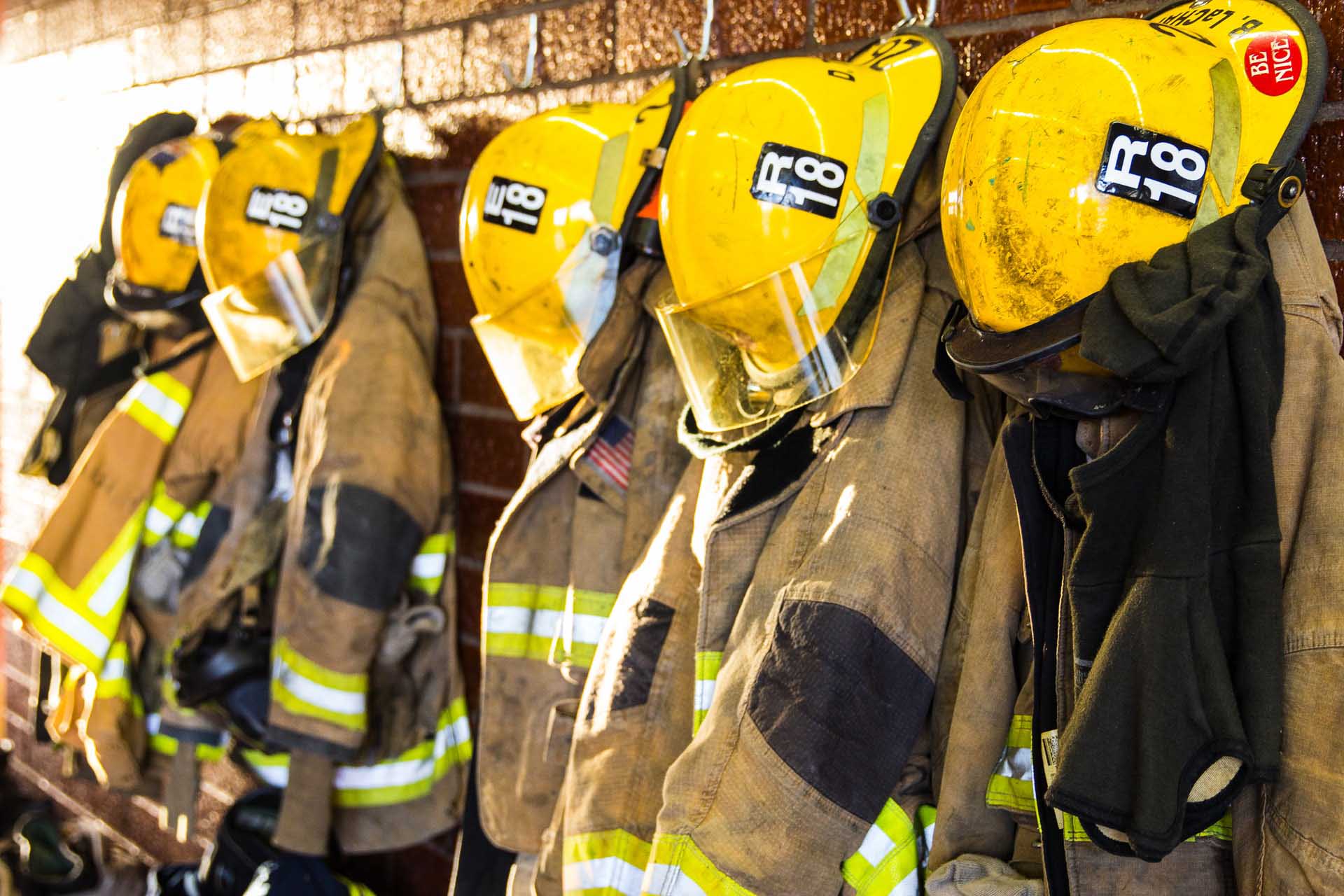
The COVID-19 pandemic has had a tremendous impact on first responders. Not only has it created a new normal that’s changed the way fire and EMS agencies operate, but it’s also left agencies short on volunteers as people take time off to quarantine or recover from illness. Many past volunteers are now unavailable: some are caring for sick family members; some are minimizing exposure to protect their health or that of loved ones who are at higher risk; and some have full-time jobs that currently prohibit them from doing volunteer work in order to minimize the exposure of other staff members. In the face of the volunteer shortage, what can agencies do to ensure they continue meeting public safety needs?
1. Bring back retirees.
Volunteers who are already trained are an invaluable resource. Reach out to retired and other inactive first responders to find out who is available for duty if needed. Potential volunteers include not just former volunteers but also retired professionals, such as police, fire, EMS, and dispatchers. Putting out a call to those who have been part of the team in the past may be the most powerful way to boost your volunteer numbers during this time of crisis.
2. Extend expiration dates for life support certifications.
The pandemic has both increased the need for emergency medical workers and made it more difficult to provide life support recertification courses. In response, several states have taken the steps of extending the expiration dates of basic and advanced life support licenses and granting provisional licenses for those who are certified in other states. This makes it easier for active volunteers to continue their work and for former volunteers to rejoin the effort in this time of increased need.
3. Partner with other organizations.
Resource sharing among emergency response organizations can help make the most of scarce personnel. Consider creating agreements with other agencies in your community or region to provide joint trainings and cover the gaps left by absent staff and volunteers. Daily communication among partner agencies will help ensure everyone understands the current needs in the area and how each agency can best help out as circumstances change. In the case of regional partnerships, one agency might step in while another stands down in the event of critical staff shortages at a particular location.
4. Cross-train first responders.
Cross-training of first responders expands their capabilities, allowing agencies to get more done with fewer personnel. Training firefighters in CPR and equipping their vehicles with automatic external defibrillators (AEDs), for example, can improve emergency response times in your community. To make the most of cross training, be sure to focus on teaching core skills that new volunteers can learn quickly.
5. Create safer volunteer positions.
To increase volunteer staffing, you might need to take a fresh look at how your volunteer positions are structured. In the time of COVID-19, many people want to pitch in and help but feel constrained due to health risks. Consider designing positions to minimize contact with the public, and recruit volunteers to cover responsibilities that don’t require going into the field. These might include, for example, answering phones and triaging calls, cleaning equipment, and communicating with local media. Allowing volunteers to perform low-contact tasks such as these expands the pool of people who are willing and able to help in your community.
6. Enhance benefits for volunteers.
Length of service award programs (LOSAPs) are important tools for the recruitment and retention of volunteer first responders. In the face of the pandemic, however, many volunteers are worried that they won’t be able to meet the requirements laid out in their programs and will lose out on the important benefits they provide. As COVID-19 precautions led to smaller crew sizes and cancellation of trainings and meetings, opportunities to satisfy LOSAP requirements dwindled. To address this problem, the state of New York passed a law to modify LOSAP requirements, protecting volunteers’ hard-earned benefits. Take a look at the benefits available to your volunteers and consider whether modifications are appropriate.
Orion is proud to support our emergency response agencies with solutions that simplify scheduling, training, and management of first responders. To learn more about how to keep your organization running efficiently and effectively in these times of constant change, subscribe to our blog.


